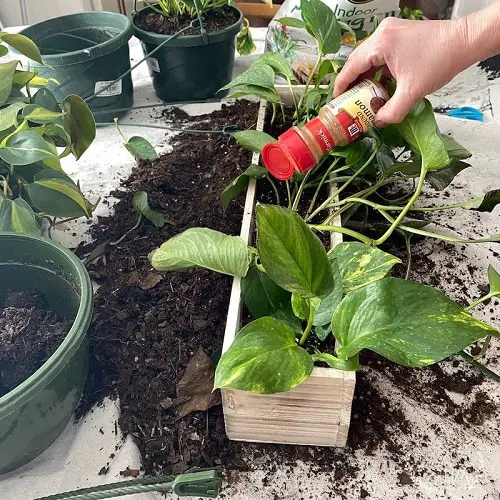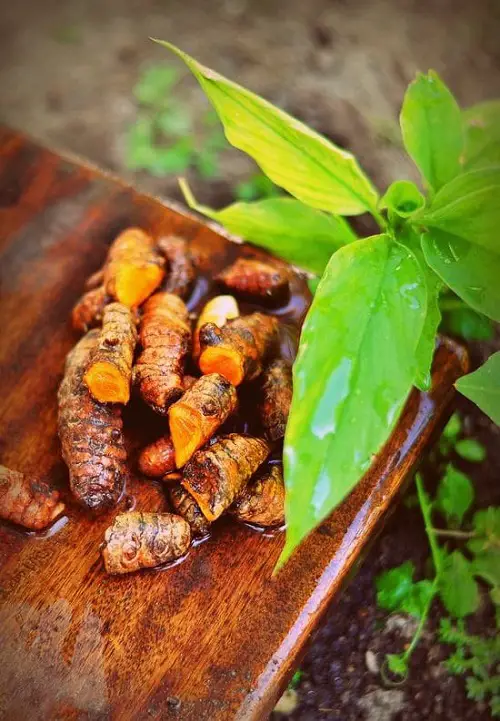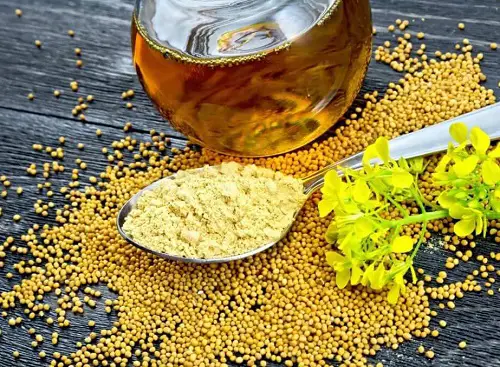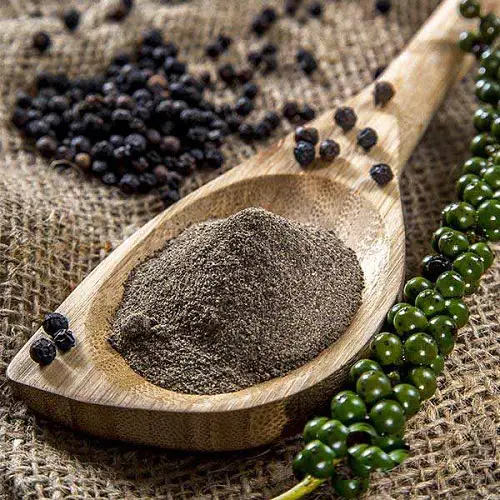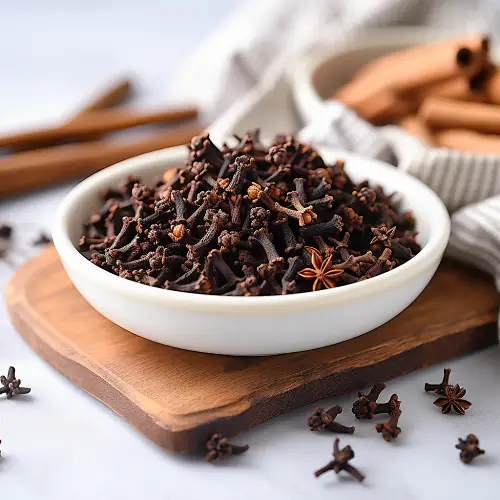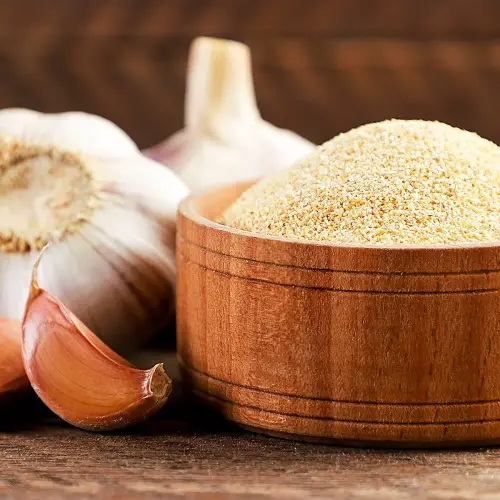Here are the Different Ways to Use Spices to make your houseplants thrive while being protected against pests and diseases!
Your spice rack is for more than making lip-smacking dishes! Believe it or not, they can also work wonders in nourishing your green friends, combating pests, and even preventing diseases!
Different Ways to Use Spices for Houseplants
1. Cinnamon
Cinnamon is a great agent to get rid of mold and mildew in the growing medium – you can also use it to encourage root development, especially in young plants.
While sowing seeds, adding it in the potting mix can enhance germination rate by a good margin.
How to Use:
- Sprinkle a thin layer of cinnamon on the soil surface where seeds are planted.
- Sprinkle cinnamon powder lightly on the soil surface.
- Dip the cut end of a cutting into cinnamon before planting.
2. Turmeric
A well known antiseptic, this wonder spice can be used to heal plant wounds, especially after you take cuttings. It also adds minerals to the growing medium.
How to Use:
- Make a paste (1 part turmeric with 2 parts water) and apply it to plant wounds or cuts to prevent bacterial growth.
- Mix a small amount of turmeric powder (1 teaspoon per pot) into the soil before planting.
3. Mustard Powder
Mustard powder can be a super agent to repel pests in most of the houseplants. Apart from this, you can also use it to enhance the microbial activity in the soil.
How to Use:
- Mix mustard powder with water (1:2 ratio) and spray it on the leaves, avoiding direct sunlight to prevent burns.
- Sprinkle mustard powder on the soil and mix it in lightly.
4. Black Pepper
This black gold is a great way to keep ants at bay – you can also use it to add iron in the growing medium.
How to Use:
- Sprinkle black pepper (1 teaspoon at the time of planting) around the base of the plant.
- Mix black pepper powder into the soil (1 teaspoon per plant) before planting.
5. Cayenne Pepper
This is the perfect spice to keep aphids and spider mites away for good. You can also use it to enhance seed viability as it’s quote potent to prevent fungal growth.
How to Use:
- Mix with water (1 teaspoon in half a gallon of water) and a few drops of dish soap, and spray it on the plant leaves.
- Coat seeds lightly with a very fine layer of cayenne pepper before planting.
6. Cloves
Ants hate the smell of clove and this is exactly why you must use it to keep them at bay. It’s powder also helps to prevent powdery mildew.
How to Use:
- Scatter a few cloves around the plant base or make a spray by steeping them in water.
- Make a clove tea by steeping cloves in water, and then spray it on the plant leaves.
7. Garlic Powder
Garlic is the most versatile herb, both for kitchen and plants – a paste or powder of it can keep almost every pest away. It also has traces of sulfur, which can promote plant growth.
How to Use:
- Mix garlic powder with water (1 teaspoon in a litre of water) and a drop of dish soap, then spray on the leaves.
- Add a small amount of garlic powder (Half a teaspoon every 1-2 months) into the soil to add sulfur.
Bonus – Used Coffee Grounds!
According to Guardian, coffee grounds can serve as a convenient and eco-friendly fertilizer option for your garden. They are rich in nitrogen, which is vital for plant growth and helps to improve soil structure over time.
- Mixing coffee grounds with soil (1 teaspoon) before planting can give seedlings a nutritious start.
- Apply as a side dressing for established plants, particularly those that are nitrogen-loving, like tomatoes and corn.
- Coffee grounds are acidic, making them especially beneficial for acid-loving plants like azaleas and blueberries.


